
9th International Conference on
Computational Collective Intelligence
27 - 29 September, 2017
Hilton Cyprus Hotel, Nicosia, Cyprus
Registration
Nicosia is the capital of Cyprus; a status it has enjoyed for 1000 years since the 10th century, though its beginnings date back 5000 years to the Bronze Age. It lies roughly in the centre of the island in the Mesaoria Plain, flanked by the beautiful northern range of Kyrenia Mountains with its distinctive 'Pentadaktylos' - the five finger mountain. There are various suggestions as to the origin of the name Nicosia - or 'Lefkosia' In Greek - but the most likely one is linked to the popular tree, the tall 'Lefki ' which once adorned the city.
Based in Nicosia are the Government head offices, Diplomatic headquarters and the cultural centre of Cyprus. The capital presents two distinct faces: the old, original part of the city, surrounded by sturdy Venetian walls over 400 years old, and a busy modern metropolis which has a population of 171.000 together with the suburbs.
Within the large area, encircled by the strong bastion walls that served to protect the town for centuries, are many places of great historic interest.
The central Eleftheria Square links old Nicosia with the elegant modern city that has flourished outside the walls, where hotels, offices restaurants and gardens blend happily with the fine old houses and colonial buildings of this cosmopolitan city.


Nicosia is a sophisticated and cosmopolitan city, rich in history and culture that combines its historic past with the amenities of a modern city. Nicosia has established itself as the island's financial capital and its main international business centre. The 'new' Nicosia developed outside the walls became a contemporary, business and cultural center. Just a few miles away are enchanting places of interest such as Byzantine churches and monasteries, archaeological sites and charming villages. The uniqueness of such a combination makes the capital of Cyprus a place worth knowing and certainly a place worth visiting!
The city has a number of landmarks, which include the Cyprus Archaeological Museum, Venetian Walls, Famagusta Gate, Archbishopric, St. John's Cathedral and the Liberty Statue within the old city, 'Laiki Yitonia', State Gallery of Contemporary Art, Ledra Street and the 'Levention' Municipal Museum.
You can also find many traditional taverns. There you can have lunch with local wine and drinks.
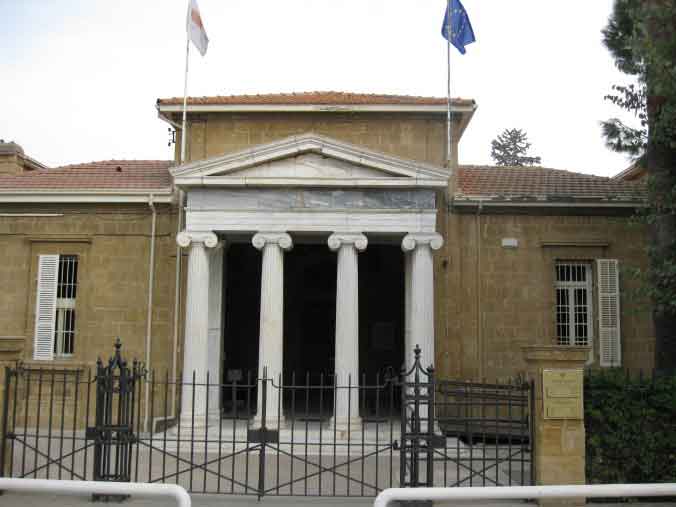
Cyprus Archaeological Museum
The Cyprus Archaeological Museum has a huge collection of important archaeological findings.

Archbishopric, St. John's Cathedral
The Cathedral was built in 1662 by Archbishop Nikiforos on the site of an earlier building. Since the 18th century the Cathedral has been the place where all Archbishops of Cyprus are consecrated.
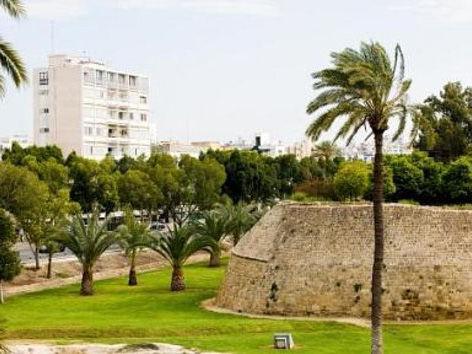
Venetian Walls
The capital city is surrounded by sturdy 16th century stone walls built by the Venetians to replace the inadequate medieval walls they inherited. Despite being considered a great example of military defence of the era, they proved to be practically useless: The Ottomans overran the city before the construction could be completed.

Liberty Monument
The Liberty Monument is on the Podocatro Bastion of the city walls, close to the old aqueduct and within walking distance of the Famagusta Gate. It was erected in 1973 to commemorate the release from prison in 1959 of EOKA fighters. The monument portrays two EOKA heroes tugging on chains in order to open prison gates and release Greek Cypriot prisoners, peasants and clergy, from British colonial rule.
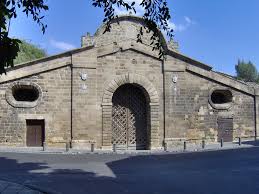
Famagusta Gate
The Famagusta Gate is one of the most interesting attractions. The Venetian walls which completely encircle the old city have eleven heart-shaped bastions (which gives them the shape of a hand grenade). There were only three gates to the city in the north, south and east and one of these gates, the Porta Giuliana called Famagusta Gate, has been restored and is now the Lefkosia Municipal Cultural Centre. One of the most typical quarters of the town close to Famagusta gate is also being restored.
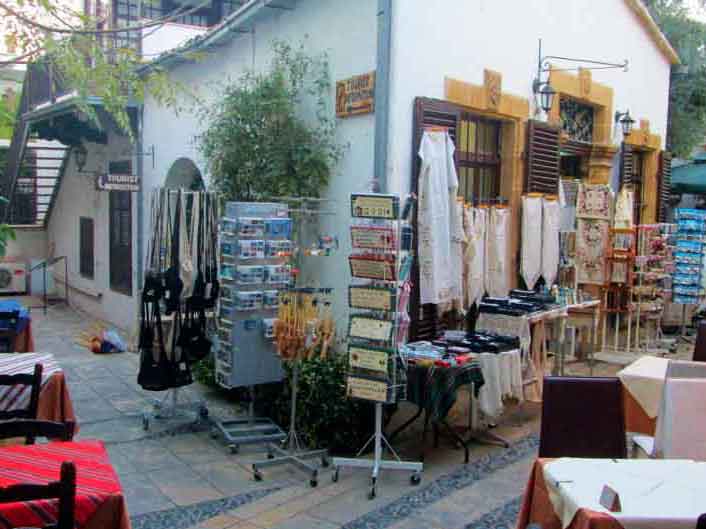
Laiki Geitonia
Laiki Geitonia is a traditional neighbourhood in the pedestrian area of the 'walled city' of Nicosia, opposite the D'Avila moat and 0.3 km from Eleftheria square. Laiki Geitonia contains restorated houses that are examples of traditional Cypriot urban architecture. The buildings date from the end of the 18th Century, with building materials being mainly wood, sandstone and mudbrick. It is a pedestrianised area of narrow winding streets, combining residential houses with craft shops, souvenir shops and tavernas.
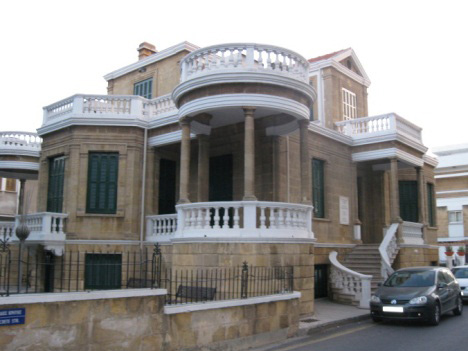
State Gallery of Contemporary Art
Collection of paintings and sculpture by 20th century Cypriot artists is housed in a restored building.
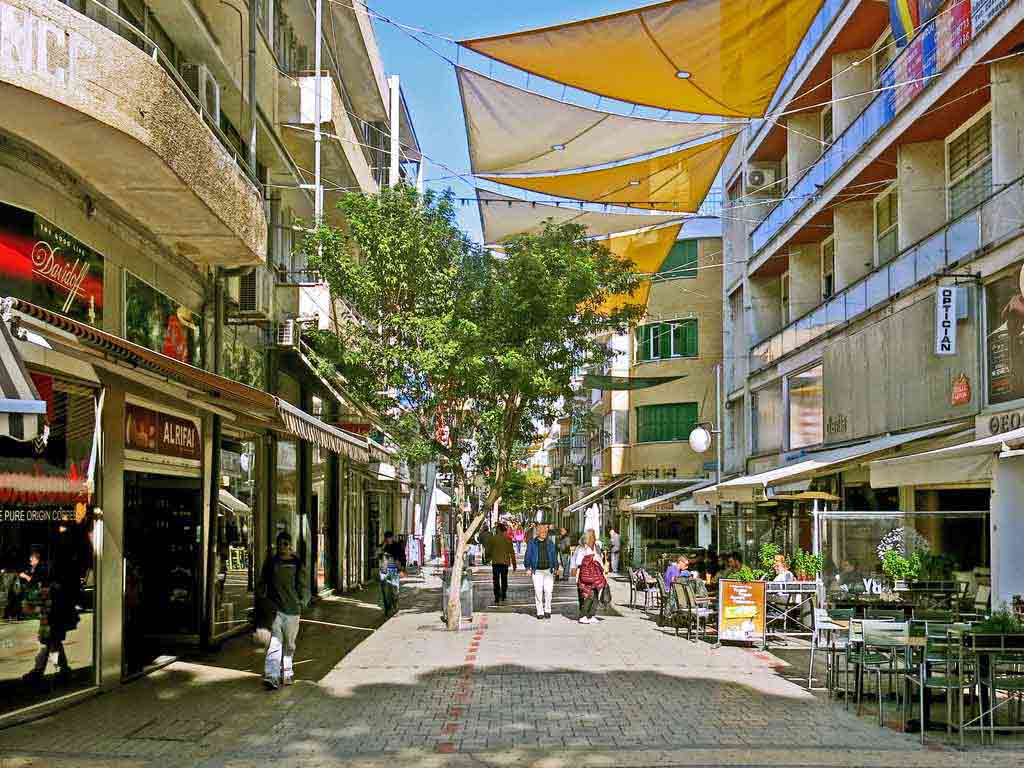
Ledra Street
This is a paved pedestrian way with shops and restaurants and starts at Eleftheria Square; it is one of the busiest shopping centers of the city.
| Paper Submission | May 01, 2017 (Hard deadline) |
| Notification of Acceptance | Jun 01, 2017 (Extended) |
| Camera-ready Papers | Jun 15, 2017 (Extended) |
| Registration and Payment | Jun 15, 2017 |
| Conference Dates | Sep 27-29, 2017 |